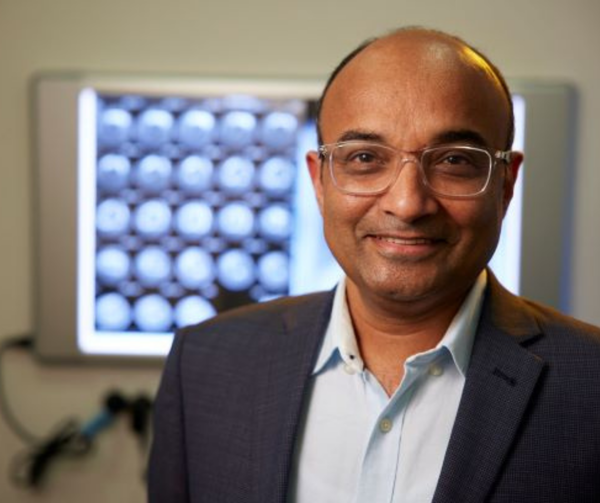On November 8th the Radiology community celebrates the 10th global International Day of Radiology (IDOR 2021). November 8th marks a poignant moment in radiology history; the day that Wilhelm Conrad Röntgen discovered the existence of X-Rays in 1895.
This year’s theme for International Day of Radiology is Interventional Radiology.
In interventional radiology, radiologists use medical imaging to guide minimally invasive surgical procedures that diagnose and treat many kinds of conditions. Imaging modalities commonly used include CT and ultrasound.
As the world continues to face the challenges posed by COVID-19, it is extremely important to acknowledge the key role that medical imaging has in medicine, not only during unforeseen circumstances such as the pandemic, but also on a daily basis in all areas of patient care. Interventional radiology is a unique and growing subspecialty that helps and protects our patients each and every day.
This year, on the tenth International Day of Radiology, we’re chatting with our Radiologist, Dr Antonio Pais, about his interest in Interventional Radiology and its essential role in treating patients.
Firstly; why did you choose to embark on a career in Radiology?
I was fascinated by radiology given the ability to look inside the body and analyse the images to assist in diagnosis of disease. Also there is no restriction to any age or clinical speciality which made it more interesting.
Why did you take a particular interest in Interventional Radiology?
With minimal invasiveness one can treat patients today often avoiding surgery in a short period of time and with less pain. Using image guidance one can accurately deliver medication to the site of disease or pain all done as an outpatient. Image guided biopsies or aspirations are also performed accurately targeting the site of disease/tumor.
Based on your experience, what Interventional Radiology procedure do you perform the most and for what reason?
In a standalone radiology practice we mostly perform pain relieving procedures such as for joint pains and nerve pains and diagnostic biopsies which do not require the patient to stay back and monitored for long.
All major interventions require a hospital base as some procedures require monitoring.
What does the future of Interventional Radiology look like to you?
With rapid improvement in technology and introduction of artificial intelligence ,diagnosis of disease is being performed at an earlier stage more accurately and hence treatment in all forms is quicker and more effective reducing hospitalization times and better outcomes.
Interventional radiology is constantly evolving with newer materials being developed to open or shut down blood vessels as well as methods of access to inaccessible critical regions of the body more rapidly in acute situations.

